Spider plants (Chlorophytum comosum) are one of the most beloved houseplants in the world — and for good reason. Their charming, arching green leaves with creamy white stripes add brightness to any space, while their hardy nature makes them ideal for beginner plant parents. Plus, spider plants are famous for purifying indoor air and producing adorable baby plants (called plantlets or pups) that dangle gracefully from the mother plant.
If you’ve just brought home a spider plant or want to help yours thrive, this guide will show you exactly how to care for spider plants easily, covering everything from watering and lighting to repotting and common issues.
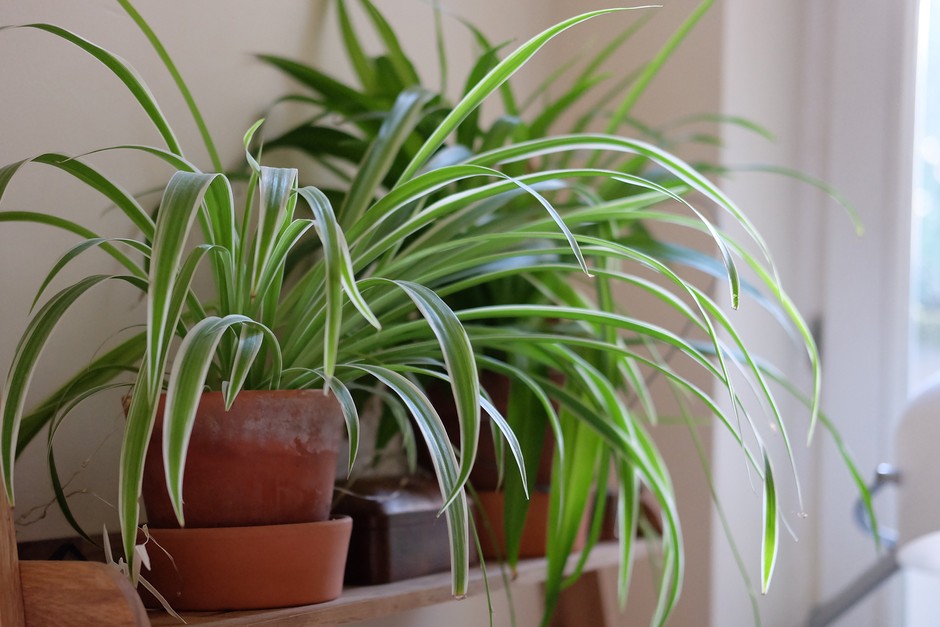
Why Spider Plants Are Perfect for Every Home
Before we dive into care tips, let’s take a moment to appreciate why spider plants have been household favorites for generations:
- Low-maintenance: They’re extremely forgiving and can bounce back from neglect.
- Air purifying: NASA included spider plants in their famous Clean Air Study for their ability to remove toxins like carbon monoxide and formaldehyde.
- Pet-friendly: Non-toxic to cats and dogs, making them safe for homes with furry friends.
- Fast-growing: Spider plants grow quickly and produce babies you can propagate.
- Versatile display options: Perfect for hanging baskets or tabletop pots.
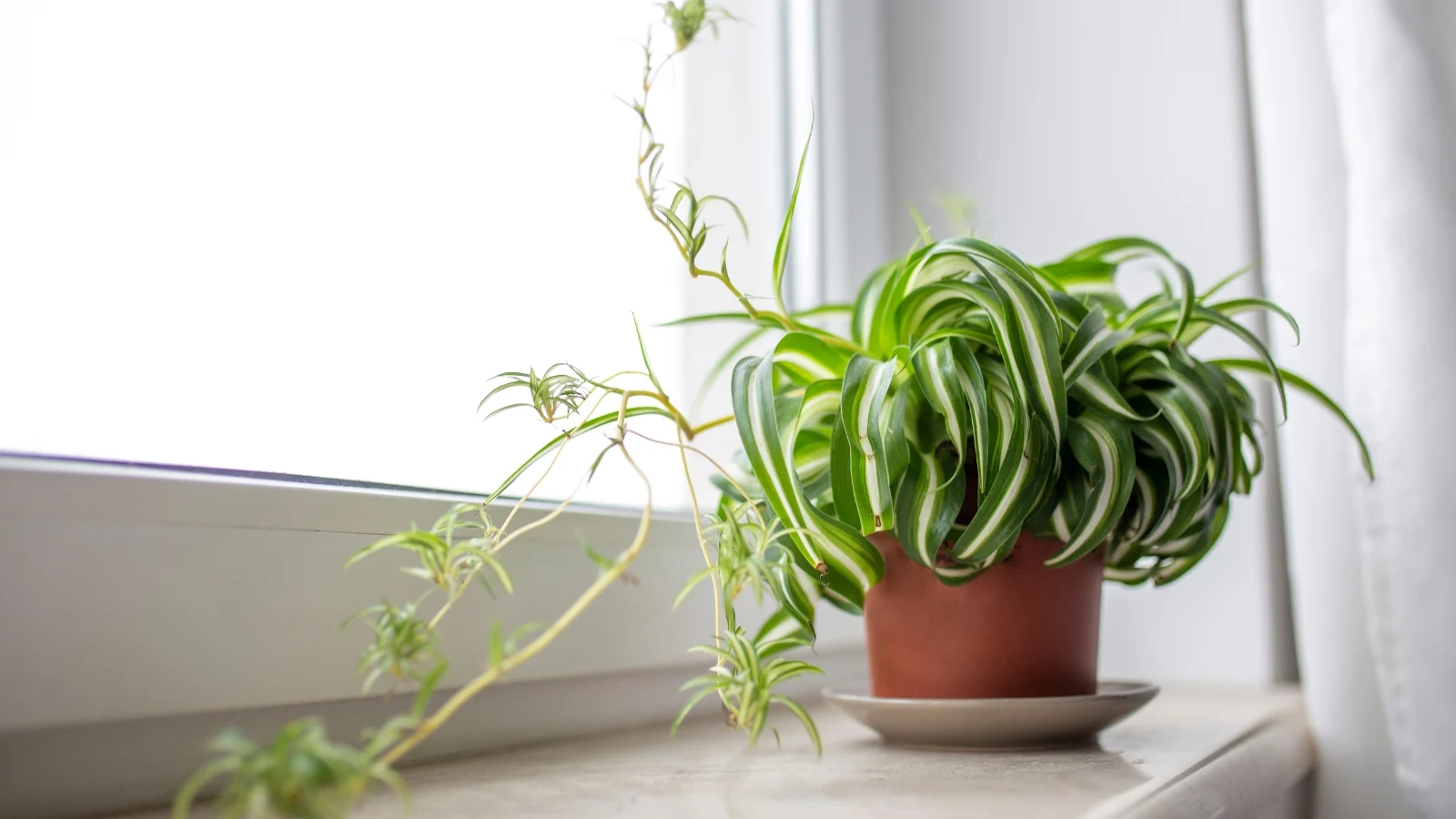
The Ideal Growing Environment for Spider Plants
Native to tropical and southern Africa, spider plants are hardy and adaptable. That said, they have preferences that can help them look their best.
1. Light Requirements
Spider plants prefer bright, indirect light.
- Place them near east- or north-facing windows where they receive filtered light.
- Avoid harsh, direct midday sunlight as it can scorch the leaves.
- They can tolerate lower light conditions, though their growth may slow.
Tip: If leaves lose their variegation or turn pale, it may be a sign of too little light.
2. Temperature and Humidity
Spider plants thrive in typical indoor temperatures and are quite adaptable.
- Ideal temperature: 60°F to 80°F (16°C to 27°C)
- Avoid placing them near cold drafts, heating vents, or air conditioning units.
- They enjoy moderate humidity but can tolerate dry indoor air better than many tropical plants.
Humidity Boost Tip:
In dry winter months, mist the leaves occasionally or place the pot on a pebble tray with water to increase surrounding humidity.
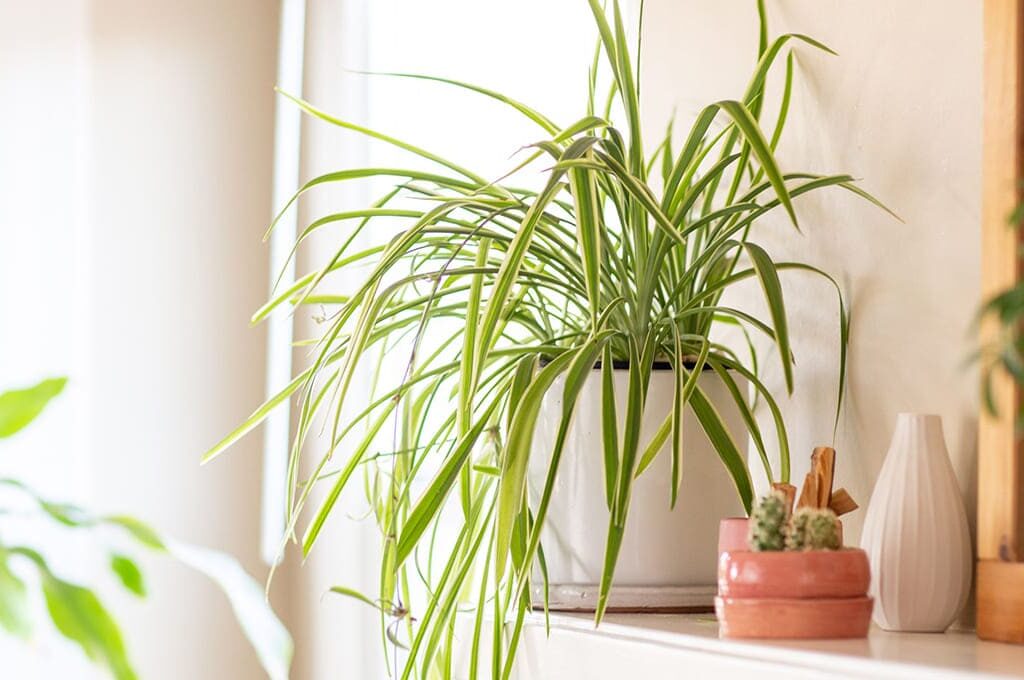
Choosing the Right Pot and Soil
Good drainage is essential for spider plant health.
Pot Selection:
- Always use a pot with drainage holes.
- Hanging baskets are ideal for showcasing their cascading foliage and plantlets.
Soil Requirements:
Spider plants aren’t fussy about soil, but a well-draining mix is crucial.
Ideal mix:
- General-purpose potting soil mixed with perlite or sand
- A lightweight, loamy soil that retains moisture without becoming waterlogged
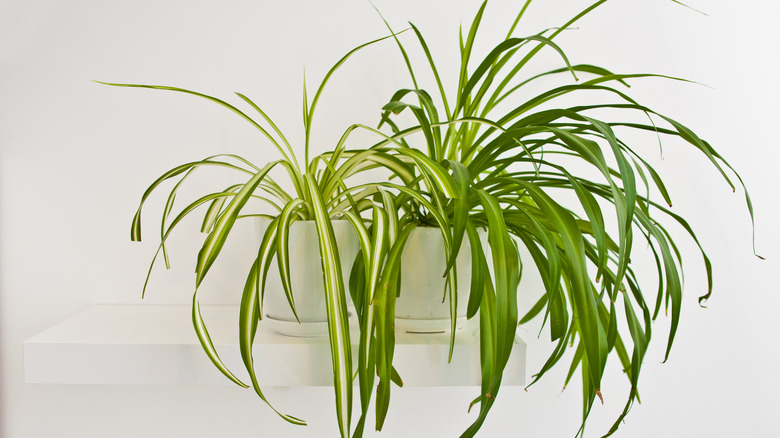
Watering Spider Plants the Right Way
One of the only ways to harm a spider plant is by overwatering. They prefer soil that’s kept lightly moist but not soggy.
Watering Guidelines:
- Spring and summer: Water when the top 1 inch of soil feels dry.
- Fall and winter: Reduce watering frequency as growth slows.
- Water thoroughly, allowing excess to drain out the bottom.
- Discard any water left in the saucer to prevent root rot.
Signs of Overwatering:
- Yellowing leaves
- Wilting despite moist soil
- Root rot
Signs of Underwatering:
- Brown, crispy leaf tips
- Drooping or wilting leaves
- Dry, compacted soil
Tip: Use room-temperature, non-fluoridated water if possible, as spider plants are sensitive to fluoride, which can cause leaf-tip burn.
Fertilizing Spider Plants
Spider plants don’t need heavy feeding, but occasional fertilizing supports healthy growth and vibrant foliage.
Best Fertilizer:
- Balanced, water-soluble houseplant fertilizer (10-10-10 or 20-20-20)
Feeding Schedule:
- Spring and summer: Once every 4-6 weeks
- Fall and winter: Stop fertilizing, as plants enter a rest period
Tip: Avoid over-fertilizing — too much can lead to salt build-up and brown leaf tips.
Repotting Spider Plants
As fast growers, spider plants can become root-bound quickly. Repotting ensures healthy growth and space for developing pups.
When to Repot:
- Every 1-2 years or when roots start growing through drainage holes
- If growth slows noticeably despite good care
How to Repot:
- Gently remove the plant from its current pot.
- Tease apart root-bound roots with your fingers.
- Place it in a new, slightly larger pot with fresh, well-draining soil.
- Water lightly and place in indirect light.
Propagating Spider Plants
One of the joys of spider plant ownership is propagating their little babies!
How to Propagate Spider Plant Babies:
- Wait until plantlets develop small roots.
- Snip them from the mother plant.
- Place plantlets in a glass of water or directly into moist potting soil.
- Keep in bright, indirect light.
- After a few weeks, transplant water-rooted babies into soil.
Tip: You can also leave plantlets attached to the mother until they root, then cut them away and pot individually.
Common Spider Plant Problems and Easy Fixes
| Issue | Cause | Solution |
|---|---|---|
| Brown, crispy leaf tips | Low humidity, fluoride, or over-fertilizing | Trim affected tips, switch to distilled water, adjust feeding |
| Pale or faded leaves | Too little light | Move to a brighter, indirect light source |
| Root-bound, stunted growth | Overcrowded roots | Repot into a larger container |
| Wilting or yellowing leaves | Overwatering | Let soil dry out, adjust watering habits |
| No plantlets produced | Inadequate light or immature plant | Increase light exposure and be patient |
Natural Pest Control for Spider Plants
Spider plants are generally pest-resistant, but occasionally pests like aphids, mealybugs, or spider mites may appear.
Signs of Pest Infestation:
- Sticky residue on leaves
- Tiny webs
- Discolored or speckled leaves
Natural Remedies:
- Wipe leaves with a damp cloth and mild soapy water.
- Spray with neem oil solution (1 tsp neem oil + 1/2 tsp dish soap in 1 quart water).
- Isolate infested plants to prevent spreading.
The Benefits of Growing Spider Plants
Besides being beautiful and easy to care for, spider plants offer several perks:
- Air purification: Removes pollutants like benzene, formaldehyde, and carbon monoxide.
- Pet-friendly: Non-toxic to cats and dogs.
- Natural decor: Adds a fresh, cascading greenery to any room.
- Low-maintenance propagation: Produces abundant babies for sharing or multiplying.
Final Thoughts
Spider plants are among the easiest and most rewarding houseplants you can own. By following these simple care tips — providing bright, indirect light, proper watering, occasional fertilizing, and timely repotting — you’ll enjoy a lush, vibrant plant that not only beautifies your home but also improves your indoor air quality.
They’re ideal for beginners, pet owners, and anyone who loves a resilient, fast-growing plant that keeps on giving with charming little plantlets.
So whether you hang it in a sunny window, place it on your office desk, or display it on a bookshelf, your spider plant is sure to thrive with just a little love and attention.

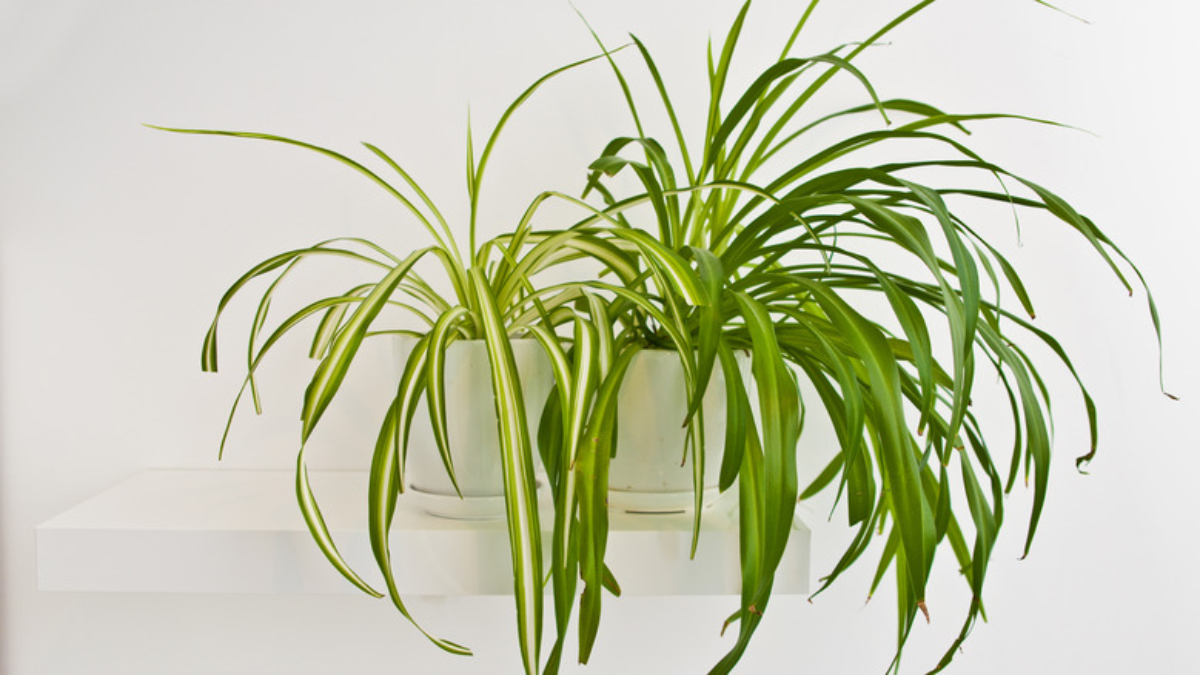




Leave A Comment